How many times have you ever found yourself wondering what does 30g protein look like? Are you worried about portion control and trying to figure out exactly how many carbs and proteins are actually in a meal?
Whether you are on a high-protein low-carb diet, low-carb diet, or a keto diet, this post was written for you.
Note: Protein charts are stated as cups as a visual reminder of portion sizes on a dinner plate.
When you want to estimate or count protein and carbs in food, the FREE printable cheat sheet shows you what 30g carbs/30 g protein actually looks like to help you with your keto portion control.
Are you ready to lose weight and heal your body for life (without dieting, drugs, or making yourself miserable)?

Our free on-demand video training will walk you through how to make this THE year you set health goals…and keep them.
What is a high-protein diet?
If you are on a high protein diet you will increase your protein, reduce carbs, and reduce your fat.
A high protein diet can range from 1.3 grams of protein per kg of body weight ((0.6 grams per pound) up to 3 grams of protein per kg of body weight (1.4 g per pound).
The current recommended minimum protein intake is only 0.8 g protein per kg of body weight (0.36 g per pound of body weight). This is only enough to prevent a protein deficiency and does not take into consideration your level of activity. Source.
Is portion control important on keto?
It’s important to say that no matter what, food portions do matter. While many people believe you can eat as much food as you like, as long as it’s low-carb or keto, it’s a myth I want to bust.
Why? Because after helping millions of readers each and every month and running my 4-week quickstart course I see the same problem time and time again – overeating large portions of low-carb and keto meals.
Poor portion control (or portion distortion) is the most common mistake that beginners make. Suddenly when cheese, butter, cream, chicken with the skin on, and juicy fat steaks are back on the menu, too many people go overboard and end up overindulging.
Those who are desperately trying to live low-carb but not getting the results they crave – because their portion sizes have not reduced as they lower their carbs and amp up their healthy fats.
When we eat higher healthy fats, it helps keep us satiated for longer AND helps reduce our appetite THEN you need to cut back on portion sizes.
While limiting unhealthy foods is extremely important, moderation of your keto portion control is also key!
Key Takeaway Note: portion sizes should naturally and gradually decrease.
Serving size vs portion size?
One aspect that many people fail to understand about weight loss is that there is a difference between a serving size and a portion size. Due to varying food regulations, all food items that are sold have to have some sort of label on them showing nutrition, calories, fat, ingredients, serving size, etc.
- Serving size = is determined by the manufacturer and what you will see on a nutrition label
- Portion size = is the amount of food you would actually eat
Anytime that you read the term “serving size”, that doesn’t mean that it’s actually the same thing as a portion size. In fact, the two are actually quite different.
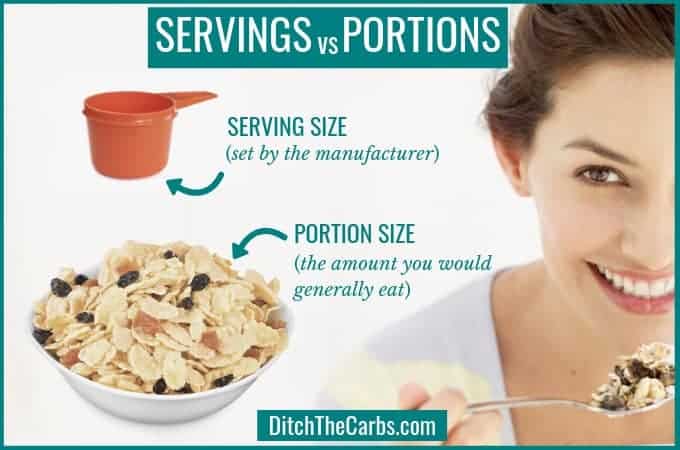
Serving size is a term that often relates to what a food manufacturer wants you to consider to be a serving size. The portion size definition is different.
Oftentimes, many people will look at the serving size listed on a label and just assume that it’s what they need to focus on solely to achieve their weight loss goals, but they couldn’t be further from the truth.
Food manufacturers often suggest a smaller portion size than you would generally eat so to reflect a smaller number of calories, fat, sugar, etc.
For example, often sugary fizzy drinks will show a serving size of 1 or 2 serves per bottle/can, but most people would consider one bottle/can to be one serving.
Granola may often say a serving size is 1/2 cup whereas most people would actually serve themselves up to 2 cups, and sometimes go back for second helpings.
What does 30g protein look like?
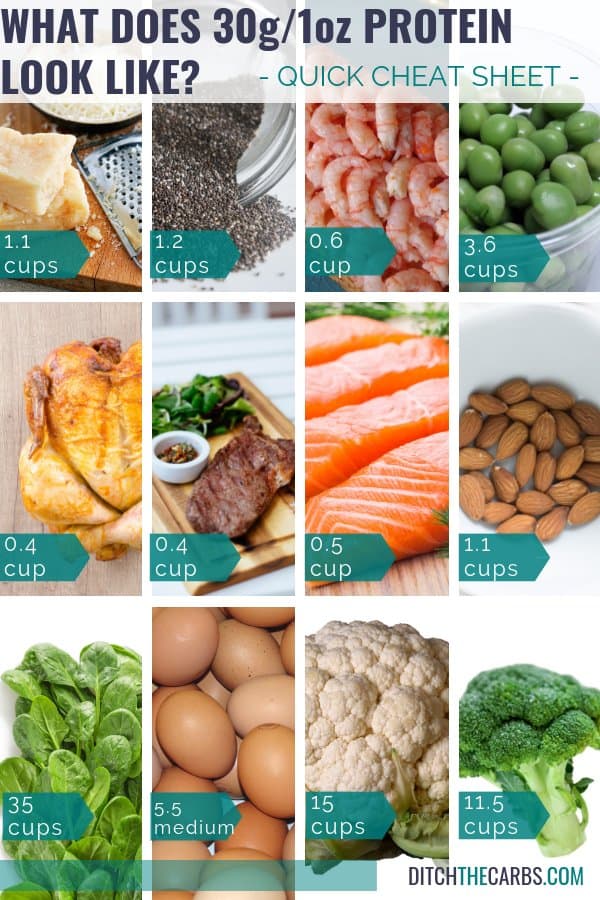
[charts are stated as cups as a more visual reminder of portion sizes on a dinner plate]
Now it’s time to show you what varying food portions look like that have the same carb and protein amounts. It’s almost mind-blowing to see the varying portion sizes and understand that they are actually equal in terms of protein!
What many people fail to understand when just starting out on their low-carb and keto journey, is that 100g of chicken, beef, or salmon is NOT equivalent to 100g protein.
How much protein is there in 100g salmon?
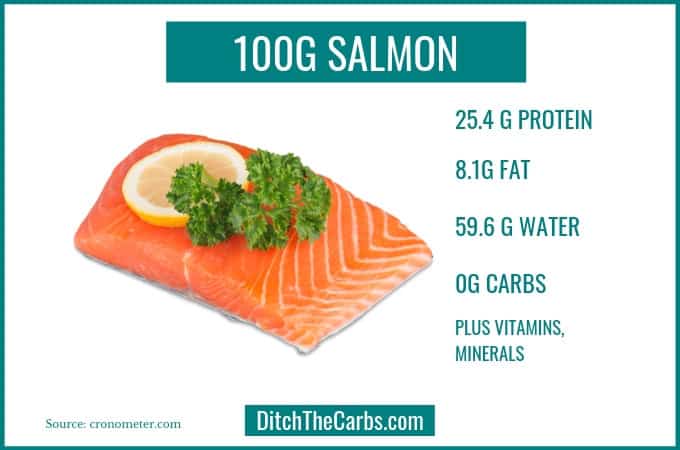
Meat is made from protein, fat, and water. So 100g of cooked salmon equates to only 25.4g protein, the rest is made from water, fat, and vitamins and minerals.
Looking at the chart above, What does 30g protein look like, you can immediately see that eating 35 cups of spinach has the same 30g protein as consuming 1.1 cups of almonds or 0.4 cup steak. Now not all protein sources can be regarded in the same way. Vegetable proteins will not contain complete proteins and vitamin B12 for example. But this chart is purely a visual reminder to help you with portion sizes.
Or what about the fact that a 0.5 cup of salmon and 5.5 eggs have the same amount of 30g protein?
When you start living low-carb, you already know to eat low-carb foods that you can eat more of to help you feel fuller longer! The same thought process goes with protein as well!
What are the highest protein nuts and seeds?
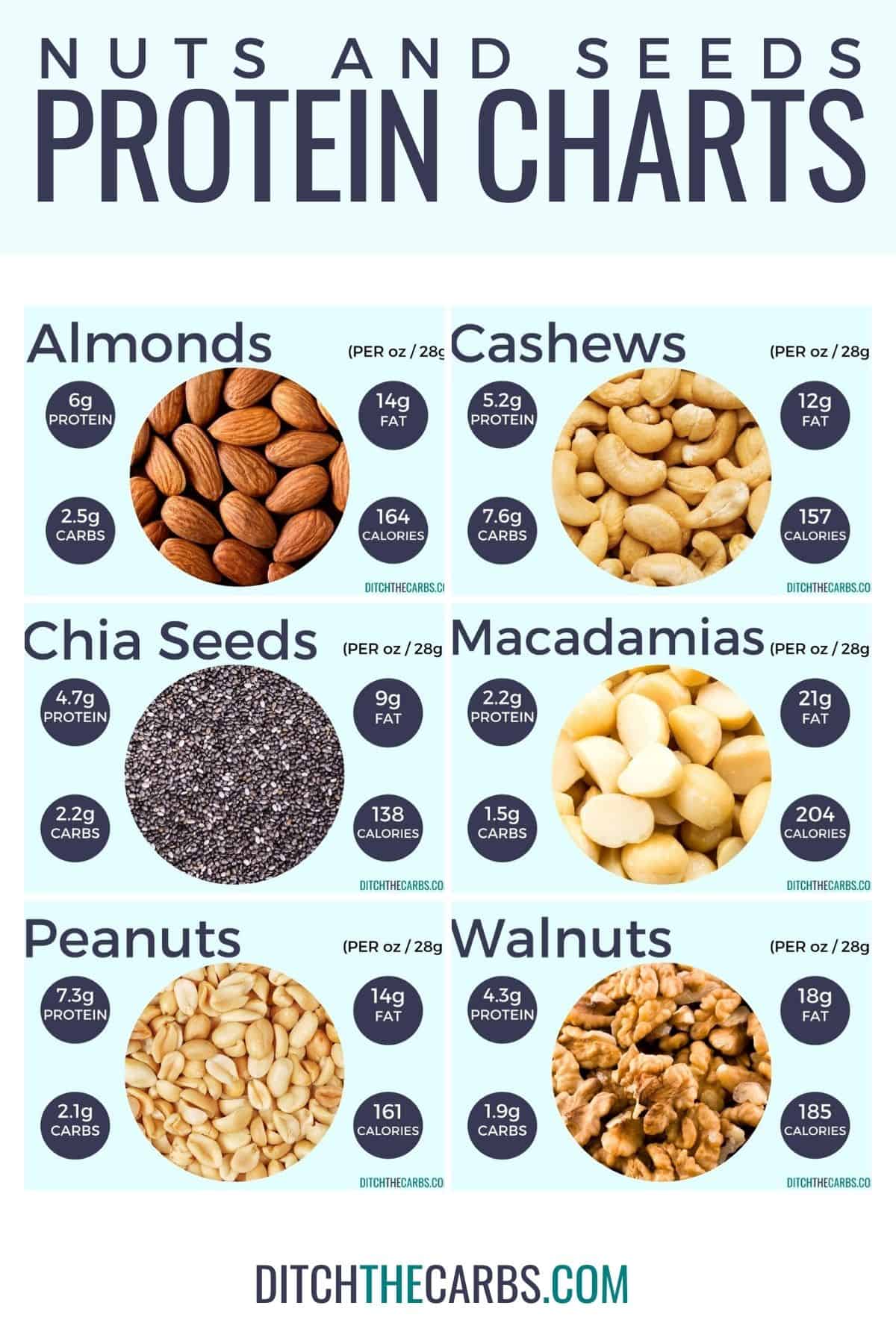
There are so many healthy nuts and seeds to choose from but which nuts have the highest protein and which have the lowest carbs? These high-protein nut charts will show you exactly how to choose the best nuts to eat on a high-protein low-carb diet.
What does 30g carbs look like?
A previous article in this series discussing portion control, I showed you what 30g of carbs look like. Who would have thought that 30 eggs and 1 large banana both have 30g carbs?
I know which one I’ll be basing my daily meals on (bye-bye bananas, hello eggs).
In the article, I discussed how everyday foods affect your blood sugar control, do you have insulin resistance, and how to make low-carb nutrient-dense meals to help you crowd out the junk.
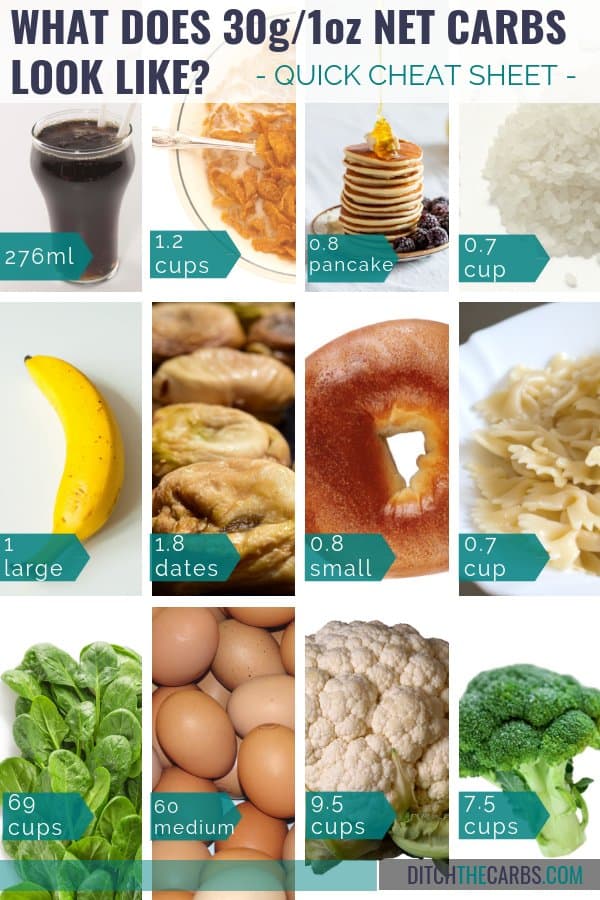
What about the fact that 9.5 cups of cauliflower has the same 30g carbs as eating 1.8 dates?
When eating a lower-carb diet, you may want to double-check that you’re eating foods that are going to help you feel full longer. Everyone can probably agree that eating 9.5 cups of cauliflower will keep them fuller much, much longer than consuming 1.8 dates, right?
To download and print both the cheat sheets, CLICK HERE.
Portion Control Tips To Remember
Portion control doesn’t come naturally for most of us. It takes time to get used to smaller meals. These are the best tips for portion control.
- Tip #1 – Eat off small plates
All of us all probably guilty of this, but if we eat off of a large plate, we tend to want to fill that plate completely. Makes sense, right? Instead of setting yourself up for that issue or difficult decision, why not just donate your oversized plates and eat your meals on smaller plates or bowls. That way, you still get the appearance that you’re plate is full, but you know the portions are smaller just because the plate is smaller as well.
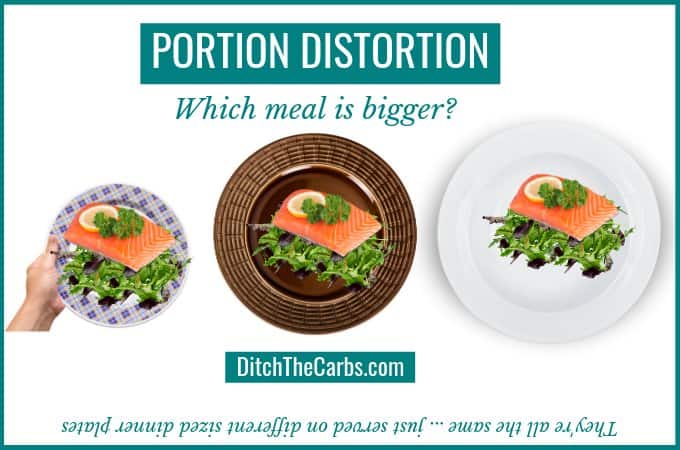
- Tip #2 – One mess up doesn’t ruin everything
Sometimes, life happens. You overeat and regret it later. The best thing to do is to acknowledge why it happened and get back on track with the next food item.
And as long as you are tracking your portions, you can simply reduce the size of your next meal.
- Tip #3 – Don’t be afraid to get help
Remembering all the varying portion control tips may start to overwhelm, so why not get some help? There are actually dishes and plates out there that are divided into small portions that will remind you, without feeling as though you have to actually remember on your own.
For help and support through changing to a low-carb lifestyle or a ketogenic lifestyle, you can fast track your progress and become a Ditch The Carbs PRO member with the 4-week QuickStart and the famous mini-challenges.
- Tip #4 -Mentally prepare yourself to be disciplined
If you allow yourself to keep eating the same portion sizes that you did before you went low-carb, you’ll take longer to reach your weight loss goals.
For most beginners, they begin by enjoying low-carb foods, and the longer they live low-carb they naturally want smaller meals. BUT it is a total mind shift. I still have to remind myself to serve myself smaller meals and serve smaller portions.
Overeating can be one of the hardest habits to break and one of the last things to swap mentally BUT it is the most successful aspect to losing weight life long and finally reaching your weight loss goal.
What if you could actually take control of
your health in just 10 days?
It’s not your fault you can’t lose weight as a woman over 40 even though you’ve likely tried literally everything. Your metabolism probably feels broken and your hormones are likely all out of whack.
But you can fix it all with ONE simple change: eliminate sugar. We make it super easy with daily lessons teaching you the science behind what makes us gain weight in our midlife and beyond! Are you ready to get started now?

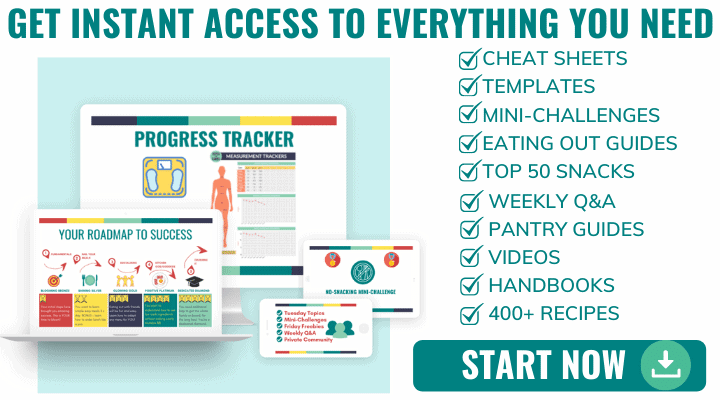
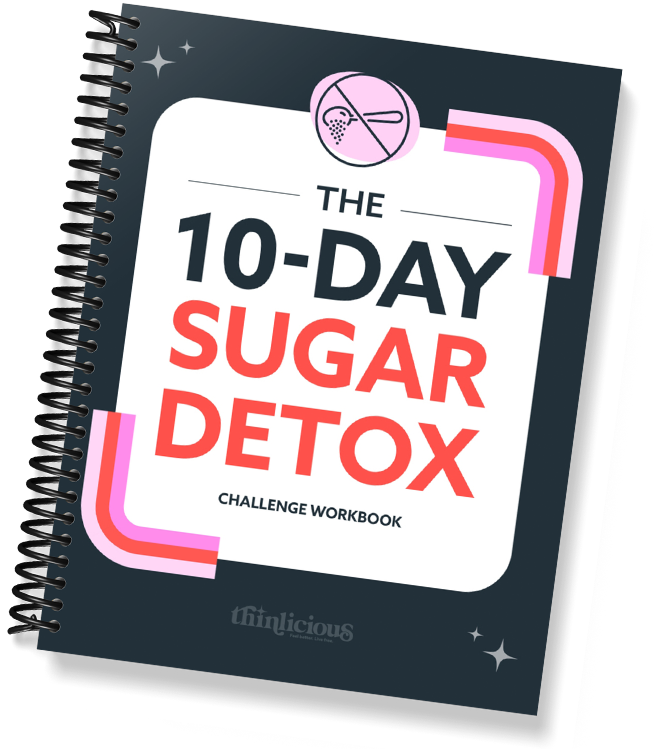
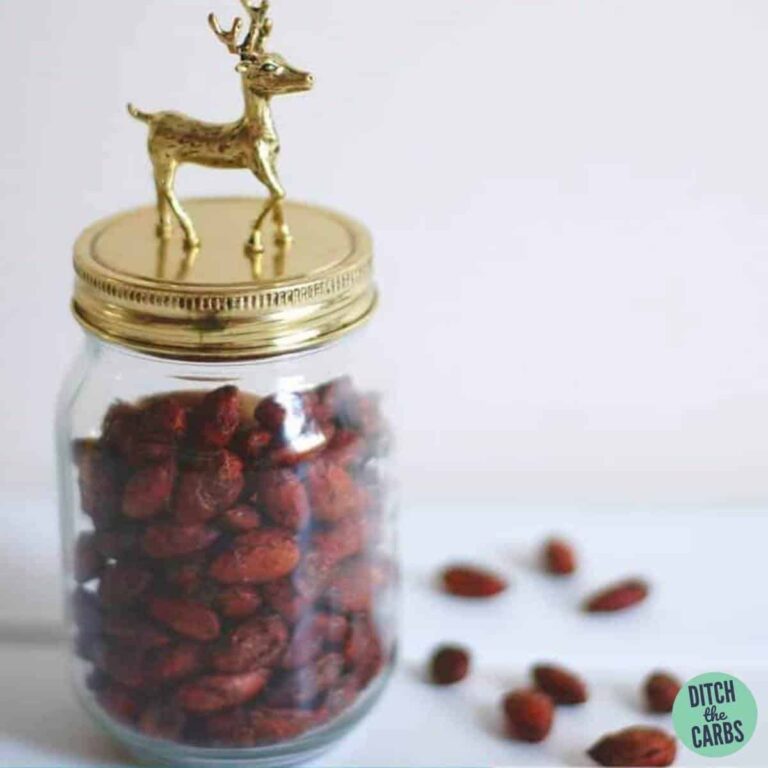
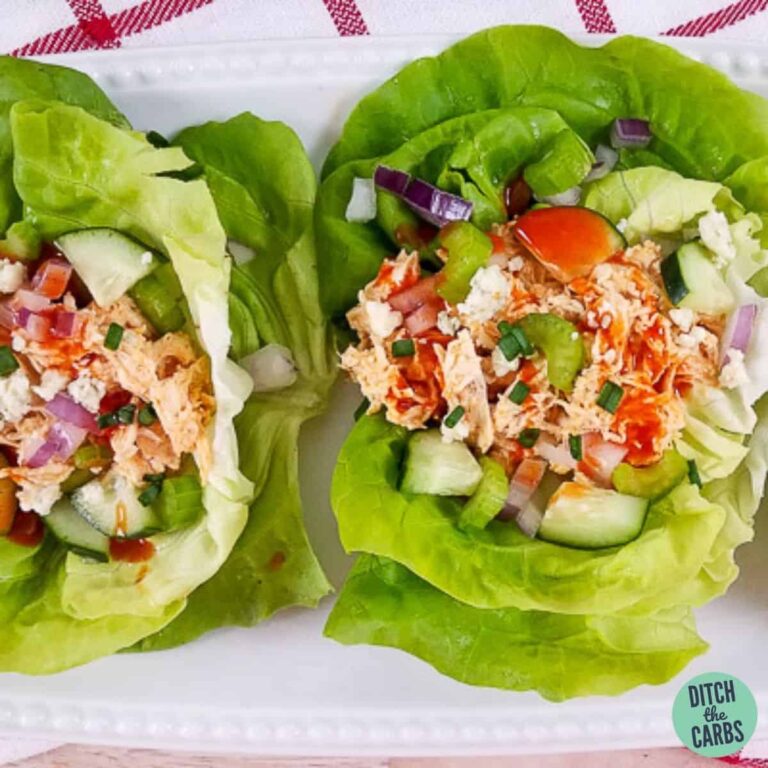

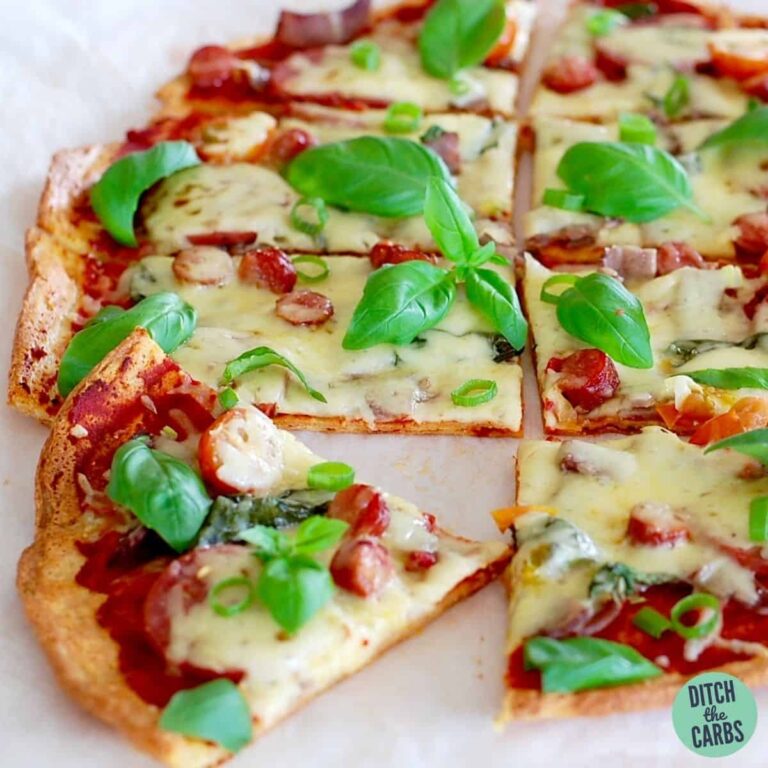
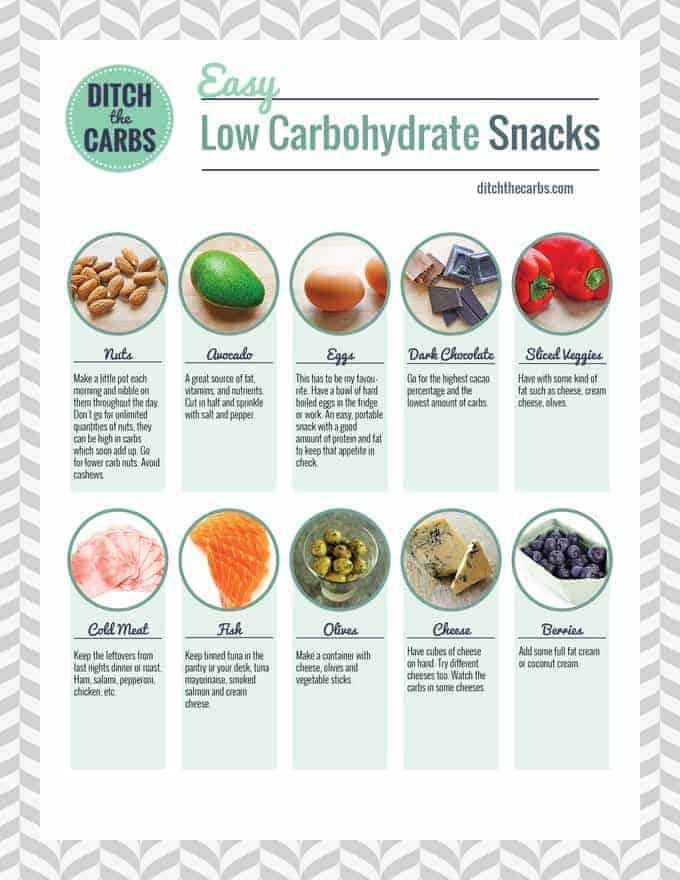
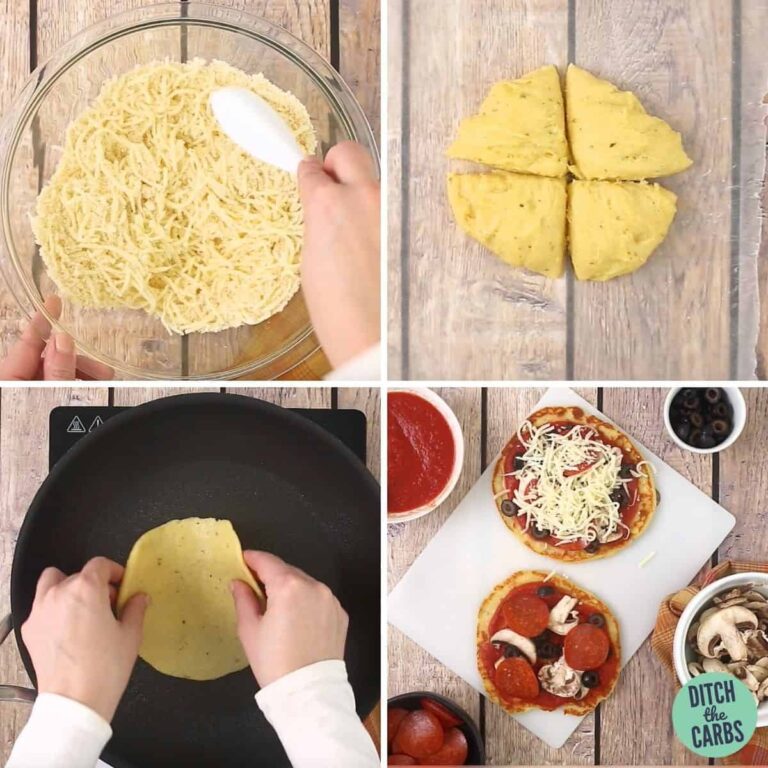
Thank you to put infos in grams also for european readers …
Cup sizes are a bit hard to deal with ????
Thanks for this.
I just have one question. Is the protein in meat and chicken in a cooked or raw state when weighed/measured? This has always confused me.
(Easier to measure a portion/serve when raw, no “extras” to overeat/”waste”.
These values above are for cooked meat. It doesn’t matter which you weigh (raw or cooked) as long as you pull up the corresponding value in your app or carb counter. There will be values for raw, cooked, with skin on, skin removed, no visible after eaten etc. All variations should normally be in any good app.
Hi, I have just finished your 5 day meal plan. Lost an inch on chest, waist and hips and 4lb down, I’m thrilled! Trying to do it myself now with the help of all your other delicious recipes ☺️ Thank you xxx
Oh WOW Katen, this is great! Congratulations.
I just can’t can’t come to grips with keto and macros no matter how much I read I can’t understand it..all I want to do is lose weight and not be ravenous an hour after eating which is what is happening..
I thought by eating your recipes counting my carb and calories would be fine..I’m 68 not active and just looking for a way of eating that is sustainable, I have never been a sugar eater or fruit . I can’t face bacon and egg etc for breakfast I just need a simple filling breakfast to take the place of porridge which I eat every day if the year…
Your help appreciated
Margaret.
This is what I teach to my Ditch The Carbs PRO members. First, lower your carbs to a level that is sustainable for you and at which level you are still seeing results (either weight loss, health improvements, better blood sugar control, etc). If you set your level too high, your blood sugars will probably remain high and no weight loss will occur. Set it too low and you’re more than likely to keep having cheat meals. Begin by even cutting back the highest area of carbs such as sugary drinks, juice, soda, cakes, cookies, candy, chocolate, and all unnecessary carbs such as bread, pasta, and rice. Now use the macro calculator above to give you a suggested protein goal. You can go way higher than this. When I coach my Ditch The Carbs PRO members, if they’re always hungry I always suggest lowering the carbs (to stop hunger from being triggered) and increase protein (to keep you fuller for longer). Fat is a LIMIT, not a GOAL. Only eat the fat that comes with the meal and do not eat or drink fat to excess. I hope this helps Margaret. If you would like more help and coaching, please join us at Ditch The Carbs PRO.
I only want to know what size is a balanced keto dinner for woman? Please just the answer in portion size! I’ve read all the nutritional info but nowhere does it mention volume
The portions above show you exactly what 30g of protein looks like for a serving size. So you could choose half a cup of chicken, salmon, or beef for example. I recommend you look at my keto calculator to determine how much protein, carbs, and fat you need (everyone will be different depending on your starting weight and activity level, stress, etc). You also need to start tracking what you eat which will be an eye-opener as to where your carbs, protein, and fat are coming from.